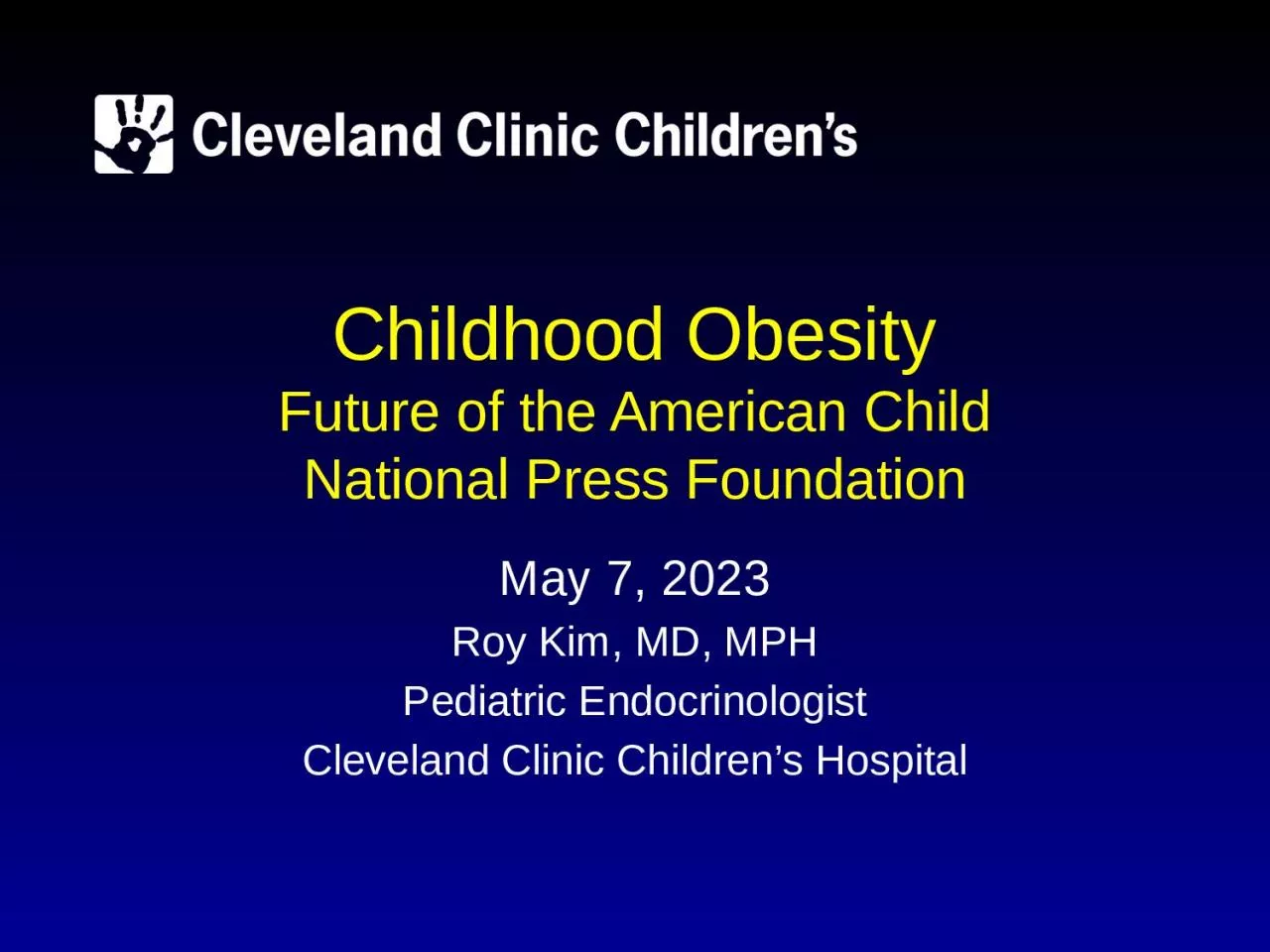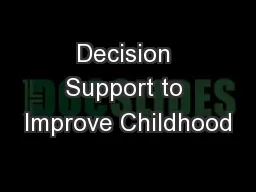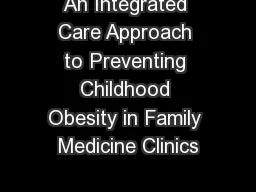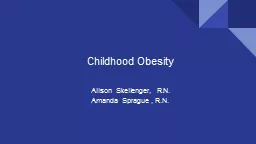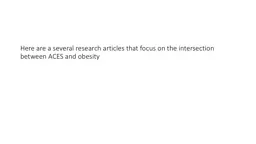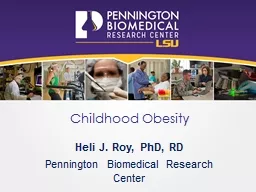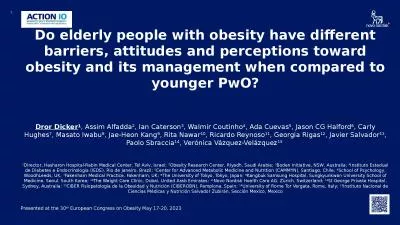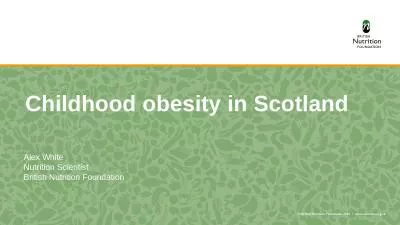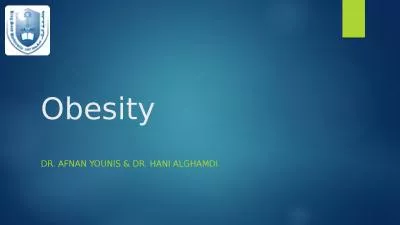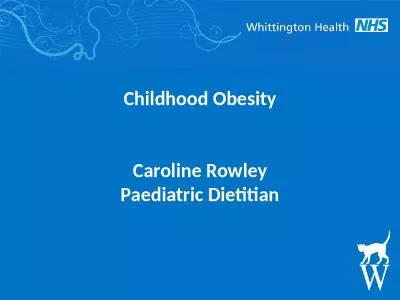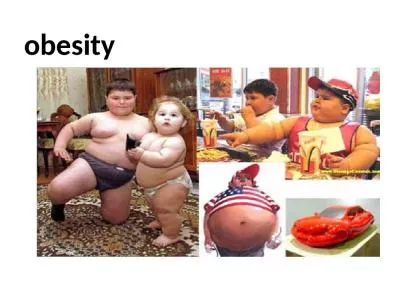PPT-Childhood Obesity Future of the American Child
Author : emma | Published Date : 2023-11-08
National Press Foundation May 7 2023 Roy Kim MD MPH Pediatric Endocrinologist Cleveland Clinic Childrens Hospital Why Talk About Childhood Obesity Common Impact
Presentation Embed Code
Download Presentation
Download Presentation The PPT/PDF document "Childhood Obesity Future of the American..." is the property of its rightful owner. Permission is granted to download and print the materials on this website for personal, non-commercial use only, and to display it on your personal computer provided you do not modify the materials and that you retain all copyright notices contained in the materials. By downloading content from our website, you accept the terms of this agreement.
Childhood Obesity Future of the American Child: Transcript
Download Rules Of Document
"Childhood Obesity Future of the American Child"The content belongs to its owner. You may download and print it for personal use, without modification, and keep all copyright notices. By downloading, you agree to these terms.
Related Documents

